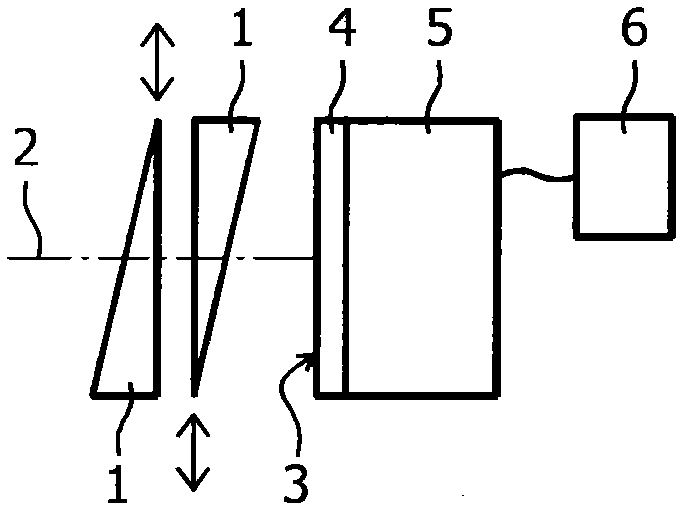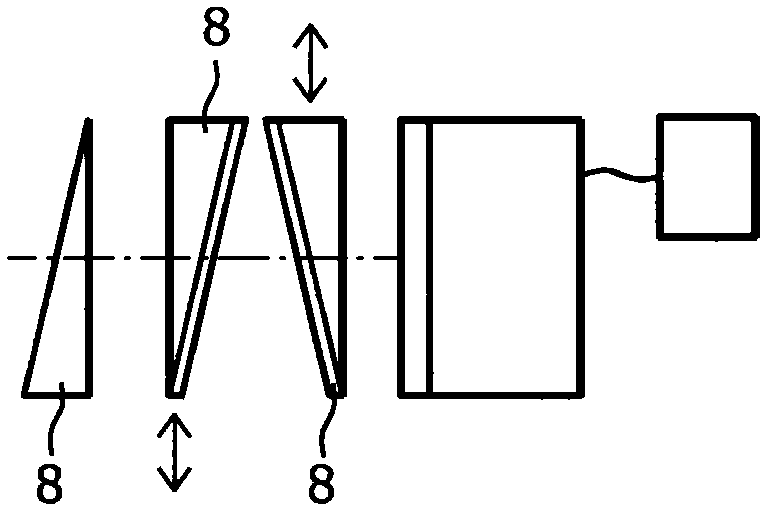Optics with simultaneous variable correction of aberrations
A technology of optical elements and aberrations, applied in the directions of optical elements, optical components, optics, etc., can solve the problems of inefficient correction, inefficient fixed correction, etc.
- Summary
- Abstract
- Description
- Claims
- Application Information
AI Technical Summary
Problems solved by technology
Method used
Image
Examples
Embodiment Construction
[0059] Technical Information: We now proceed to further derive the formulas and explain the main invention, which as mentioned above enables the lens design in more detail. In the case of complementary structure variable third and higher order aberrations, expressed in terms of Zernike polynomials, and their linear combinations will be generated, all varying linearly with lateral deviation Δx. Use the following basis dip function S(x,y):
[0060] z = S ( x , y ) = P ∫ Σ q C q Z q ( x , y ) dx ,
[0061] where P is a constant. For this example, basis functions can be added to a lens with two cubic elements:
[0062] z ...
PUM
 Login to View More
Login to View More Abstract
Description
Claims
Application Information
 Login to View More
Login to View More - R&D
- Intellectual Property
- Life Sciences
- Materials
- Tech Scout
- Unparalleled Data Quality
- Higher Quality Content
- 60% Fewer Hallucinations
Browse by: Latest US Patents, China's latest patents, Technical Efficacy Thesaurus, Application Domain, Technology Topic, Popular Technical Reports.
© 2025 PatSnap. All rights reserved.Legal|Privacy policy|Modern Slavery Act Transparency Statement|Sitemap|About US| Contact US: help@patsnap.com



